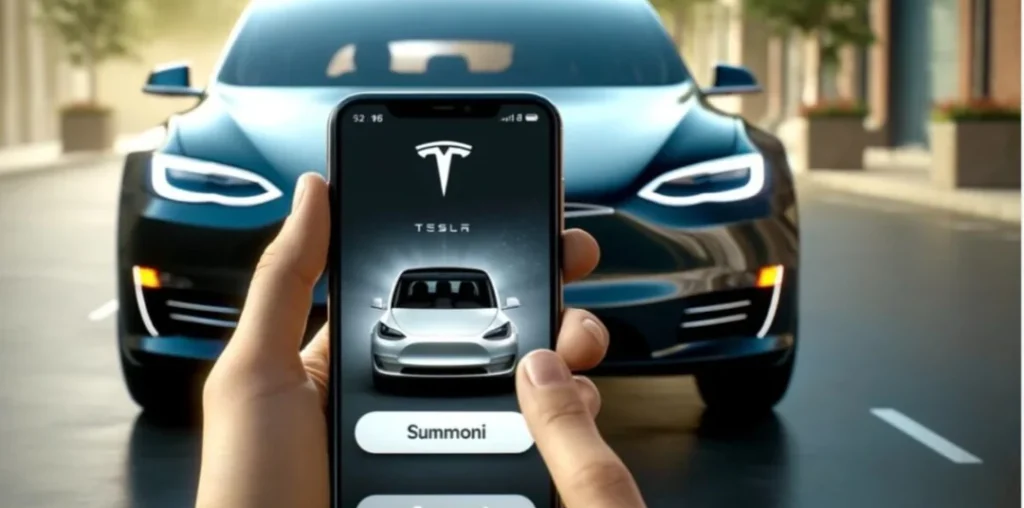Elon Musk’s long-awaited robotaxi unveiling failed to impress investors, causing Tesla’s stock to plummet. The event, held on October 10, 2024, at Warner Bros.
Discovery studio in California, showcased two prototypes: the Cybercab and Robovan. Musk presented the Cybercab, a sedan-like vehicle without steering wheels or pedals, expected to cost under $30,000.
The Tesla CEO estimated the Cybercab’s average operating cost at $0.20 per mile. He also introduced the Robovan, capable of seating up to 20 people. Musk emphasized the potential for autonomous vehicles to give people their lives back.
However, the presentation lacked crucial details about the technology and implementation timeline. Investors had hoped for substantial information about Tesla’s autonomous driving capabilities.


The event’s brevity and lack of specifics left many analysts underwhelmed. Wells Fargo analyst Colin Langan noted the presentation’s shortage of details and limited demonstrations in a controlled environment.
While Tesla’s shares fell by 8.78%, closing at $217.80, ride-hailing companies Uber and Lyft saw their stock prices surge. Uber’s shares rose by 10.81%, reaching an all-time high of $86.34. Lyft’s stock increased by 9.59%.
This unexpected boost for Tesla’s potential competitors highlights the market’s skepticism about the immediate threat posed by Tesla’s robotaxi plans. Analysts view the event’s outcome as favorable for established ride-hailing services.
John Colantuoni from Jefferies described Tesla’s robotaxi as “toothless,” citing the lack of concrete progress towards autonomous driving capabilities. The market’s response suggests that investors see Uber and Lyft as better positioned in the short term.
Tesla’s Robotaxi Reveal Disappoints Investors, Boosts Uber and Lyft
Tesla’s autonomous vehicle strategy relies on developing its “full self-driving software” (FSD). Musk aims to introduce unsupervised FSD in Texas and California by next year.
However, the lack of near-term updates on the software’s progress has raised doubts among analysts and investors. Despite the market’s lukewarm response, Tesla’s entry into the robotaxi space could still impact the ride-hailing industry long-term.
The company’s vast network of vehicle owners provides a potential advantage in scaling a ride-hailing platform. This prospect may pressure Uber and Lyft to expand their autonomous vehicle offerings or seek partnerships.

